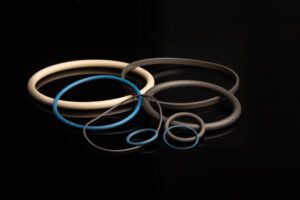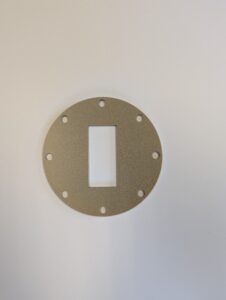SSP has published a white paper about USP Class VI silicone rubber.
Specialty Silicone Products (SSP) is announcing the release of a new white paper that explains what medical manufacturers need to know about USP Class VI silicone rubber for direct and indirect patient contact. Medical designers, engineers, technical buyers, and sourcing managers who need biocompatible elastomers are invited to contact SSP or email Dominic Testo to request a copy.
In this SSP white paper, you’ll learn what USP Class VI means and how it relates to FDA regulations and RoHS. You’ll also learn about SSP-2390, an SSP silicone where a 50-durometer sample has been USP Class VI certified by an independent laboratory. Translucent SSP-2390 is platinum-cured, available in a range of durometers, and supports a variety of fabrication methods.
Passes Biological Reactivity Tests, In Vivo
As the white paper explains, USP Class VI silicone rubber like SSP-2390 meet the most stringent requirements for biological reactivity. Specifically, USP Class VI requires a systemic toxicity test, an intracutaneous test, and an implantation test. These tests are directly related to the intended end-use of the silicone article. The extractants that are used (such as solutions of alcohol) are typical for medical applications.
Meets USP Class VI and FDA Requirements
The elastomer that NAMSA tested (SSP-2390) is a platinum-cured silicone that meets requirements from both the U.S. Pharmacopeia (USP) and the Food and Drug Administration (FDA). It also complies with Restriction of Hazardous Substances (RoHS), a European Union Directive. Importantly, SSP-2390 is safe for gamma sterilization and won’t leach extractables at elevated temperatures.
USP Class VI Silicone Rubber Ready for Processing
SSP-2390 is available as sheets and ready-to-mold compounds. Sheets come as thin as .005” and support die cutting and water jet cutting. SSP’s calendaring capabilities support tolerances as tight as .0015” or .002” (in some cases, plus or minus). Because SSP-2390 is platinum-catalyzed, no post-conditioning step is required after parts are molded. SSP-2390 supports both transfer molding and compression molding.
To learn more, contact SSP to request the new white paper or email Dominic Testo.




